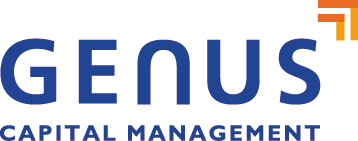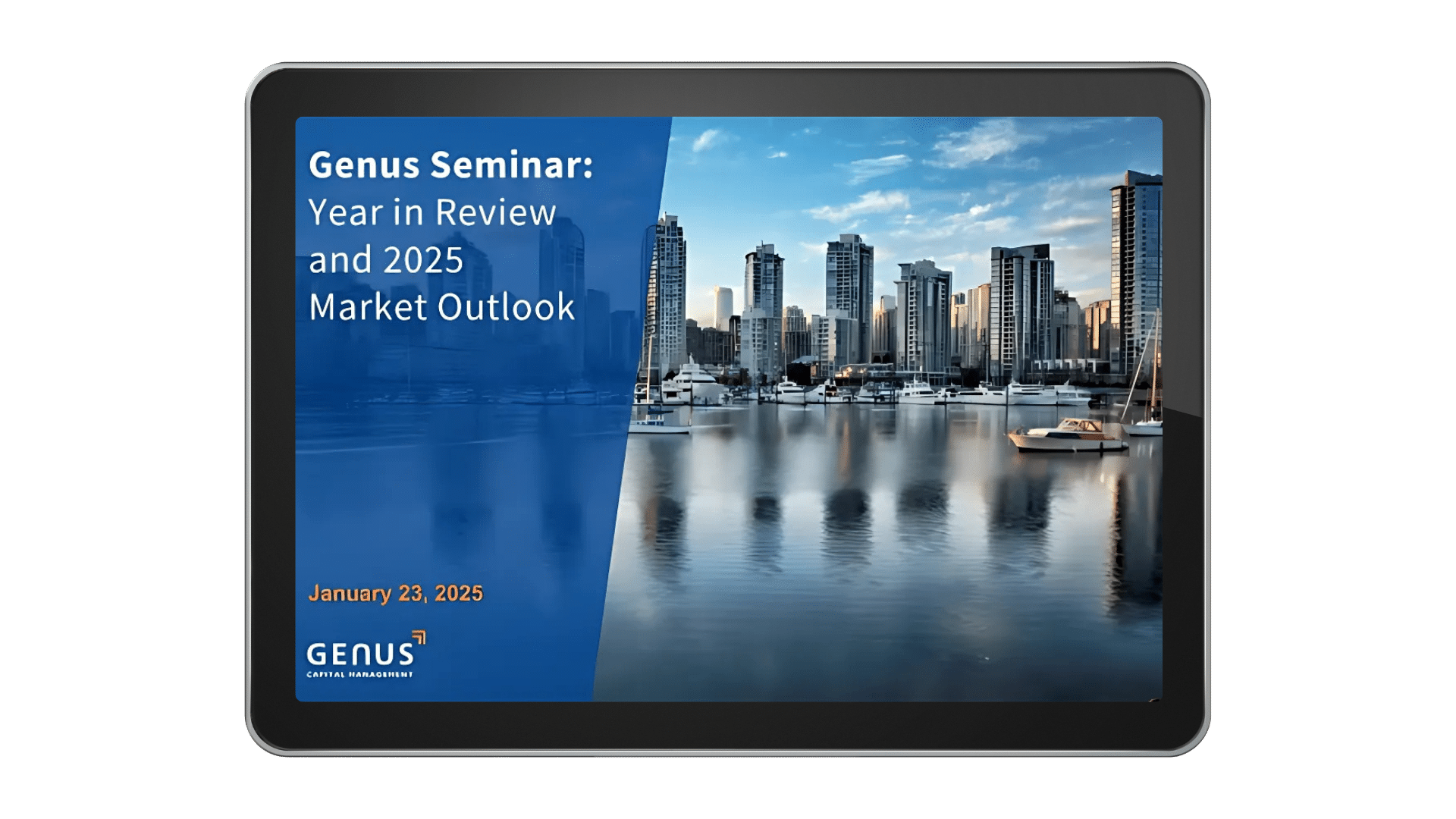How We Achieve Balance in Your Sustainable Investments and Impact Portfolio Mix
To balance both impact and projected returns, we focus on a mix of sustainable, impact and conventional investments
There’s a lot of analysis that goes into every portfolio we put together, and every investment we make. From market performance and forecasting models to financial analysis and asset selection, we take many factors into consideration before adding investments into our mix.
This goes doubly for our sustainable and impact portfolios. In addition to all the regular financial modelling and risk analysis, these funds also adhere to strict criteria around divesting of “harmful” investments in fossil fuels, gambling, and GMO products for example, or adding “impact” oriented companies that have established measurable social and environmental outcomes.
So how is it, then, that some of our sustainable and impact portfolios include “conventional” companies you might not expect to see?
The truth about your sustainable investments and impact portfolio mix is a bit complicated. Let’s take a closer look.
All Portfolios Focus on the Potential for Returns
It’s safe to say that most investors want to see returns on their investments – and for most that’s their primary reason for investing. Their secondary reasons might include making a positive impact on the planet or specific social issues, or helping to grow certain companies or sectors. But the general expectation when working with a financial manager is to earn a return on their investment.
In order to do our best to deliver on that expectation, we turn to financial models when determining which companies to invest in. And when constructing our portfolios, we include a mix of investments to create the most favourable chances of earning returns, as projected by our quantitative models.
That generally means including companies that have varying levels of sustainability and impact. “We often get questions about our sustainable funds as to why they don’t include a renewable energy utility or Tesla as the big holdings,” says Mike Thiessen, Chief Sustainability Officer/Partner at Genus. “And some of our impact investors want to see strictly environmental impact or social impact investments,” he adds.
The truth is, our sustainable and impact funds often hold both environmental and social impact investments, as well as companies that have a smaller percentage of their revenue focused on positive impact. And the reason for that is risk management and return projections. “Some companies are a really good fit from a financial perspective and also serve to diversify the portfolio,” Thiessen says. This might include companies like Citrix Systems, which offers server, application and desktop virtualization, networking, software as a service, and cloud computing technologies, and is also committed to sustainability and social responsibility.
“We have thresholds: 10% of a company’s revenue must be impactful. But we also look at financial scores; if a company scores under 30/100, it’s not going to be in our portfolios, even if it has the best impact in the world.”
– Mike Thiessen, Chief Sustainability Officer/Partner at Genus
Genus also uses a Net Impact Score to account for both the beneficial and the destructive nature of investments. “The average Net Impact Score in our portfolios is 51 out of 100,” Thiessen says.
When it comes to sustainability screens, Thiessen says that Genus is stricter than many other wealth management companies. “Other asset managers will hold Canadian railways, for example. We won’t.”
But according to Thiessen, the top holdings in Genus’ Fossil Free funds are typically banks. That’s because 25% of the funds have to comprise Canadian companies (due to the preset fund benchmarks), and “once you strip out energy and utilities companies that rely on fossil fuels, you’re left with banks and mining companies,” Thiessen says. “We invest in the ones that have good ESG scores and don’t have big controversies,” he adds. “We engage them in order to encourage them to improve.”
Here’s a more in-depth look at how we decide who makes the cut into our impact investing portfolios.
We Engage to Make Change
For companies that are lower on the sustainability and impact spectrum, Genus works with a third-party engagement company to influence and encourage improvements at the governance level.
For banks, the push has been to improve transparency, in particular. “We want to better understand banks’ investment in the energy sector, for example, so that we can build a better sustainable portfolio for our clients,” Thiessen says. “It’s hard to figure out how much they’re lending to energy companies because they often sell those loans to other investors. But we’re starting to get the transparency we’re hoping for.”
Genus works with SHARE, a third-party engagement service to engage the companies we invest in and encourage them to improve their governance, environmental issues and even issues such as reconciliation, Thiessen says. “SHARE is able to leverage the power of all of their clients to really move that needle.”
To learn more about how to get the right mix of sustainability and impact in your investment portfolio, talk to a Genus advisor today.











